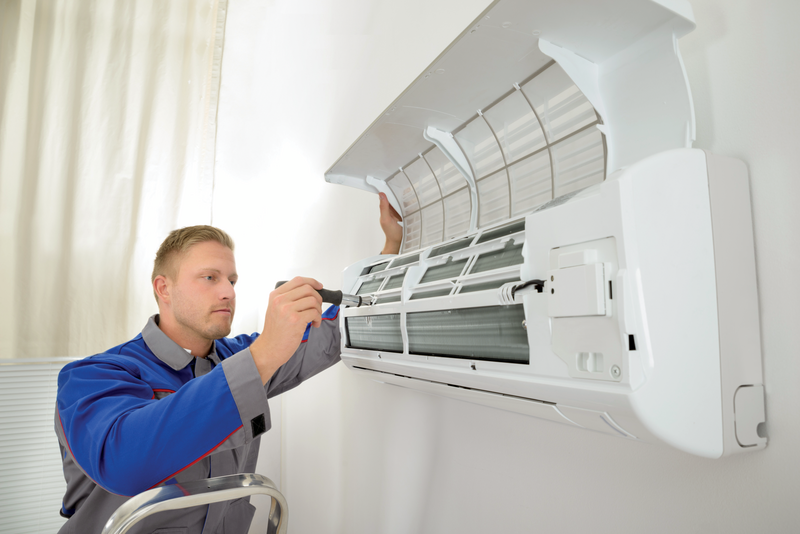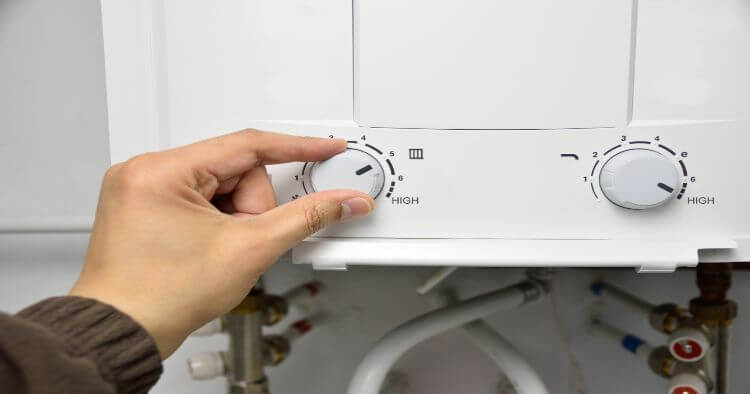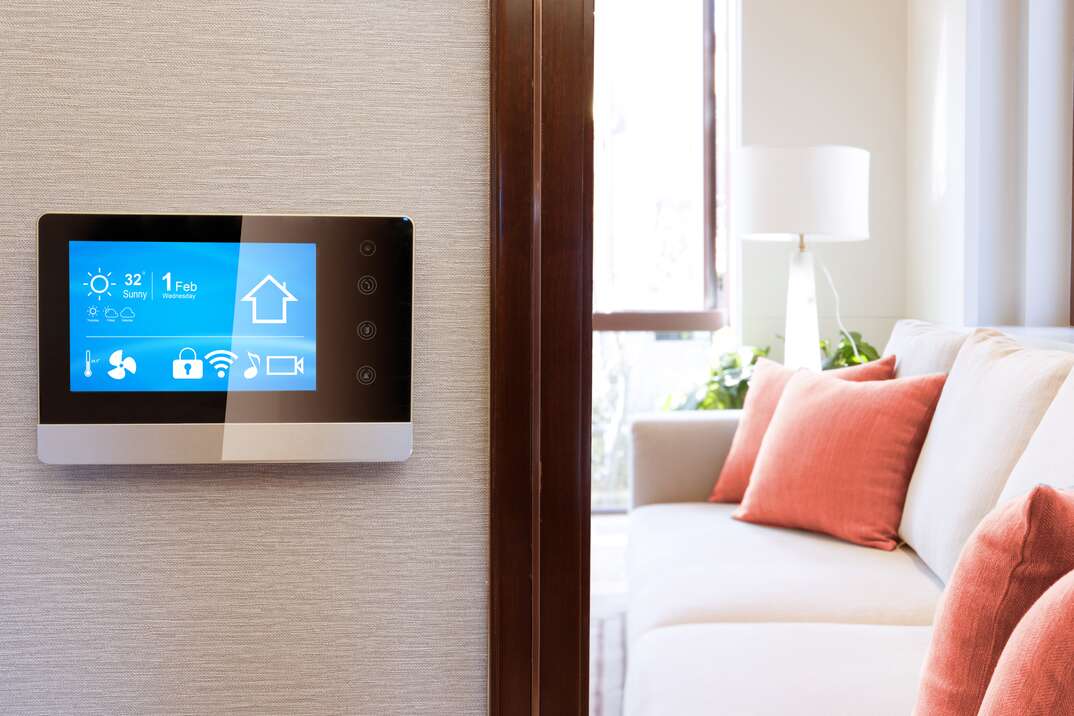Hot or Cold in Your Household? Split the Difference With a Mini Split Air Conditioner

Your bedroom is the perfect temperature in the winter, but it stays toasty warm even when summer rolls around. Ugh. It’s the only room in the house without central air, and there’s no space or ductwork to add it. To stay cool, you’ve tried tower fans, cooling fans and ceiling fans, but nothing offers that same cool burst of air like traditional AC. If this sounds like you, give one more option a try: a mini-split air conditioner.
This May Also Interest You: As the Seasons Change, So Should the Direction of Your Ceiling Fan
Mini-split air conditioner units provide an alternative to traditional, central air units. They can also supplement your existing AC in rooms that are inexplicably sweat-inducing. Here’s everything you need to know.
What Is a Mini-Split Air Conditioner?
A mini-split air conditioning unit is a small air conditioning unit. It allows you to control the temperatures in individual rooms or spaces – which is especially useful if the members of your household have different ideas about how hot or cold it should be.
According to Energy.gov, mini-split systems have two main components: an outdoor compressor or condenser and an indoor air-handling unit. This type of unit is easy to install and only requires a three-inch hole in the wall to place the conduit. The conduit is where the power cables, condensation drain line and copper tubing connect between the indoor and outdoor units.
Pros of a Mini-Split Air Conditioner
These units are great add-ons. Houses with non-ducted heating systems — like radiator panels or hot water heat — don’t have the proper ductwork for a traditional air conditioning system. If you built an addition or extra room, it might not be hooked up to the central air. Mini-split units are a great option in either case.
When it comes to installing a mini-split unit, there are many benefits, including:
Ease of Installation
Since a mini-split system has no ducts, you can avoid the cost and hassle of adding to your existing ductwork.
Energy Efficiency
Traditional air conditioners can waste more than 30% of their energy consumption due to leaky ducts. This means the system has to work harder to keep your home at the set temperature, and that can increase your monthly energy bill. Since mini-split systems are ductless, they are more efficient.
Functionality
Mini-split systems allow you to raise or lower room temperatures by remote control rather than from a thermostat. Because they’re installed room by room, you can turn off units in unused areas.
Noise Control
A mini-split air conditioner system is much quieter than a traditional system. The fans generally run at a lower, quieter speed. The loudest part is the compressor or condenser, and it’s located outside of the house.
Security
This benefit may go unnoticed — but that’s a good thing! A traditional AC unit can be dislodged from the wall, giving intruders an entry point. A mini-split unit only makes a three-inch hole in your wall, which gives housebreakers fewer ways in.
More Related Articles:
- Central Air Installation and Replacement Cost
- What Size Air Conditioner Do I Need?
- Smart AC Not a Dumb Idea If You’re Looking to Cut Climate-Control Costs
- What is a SEER Rating for AC Units (And Why Should You Care)?
- How to Clean your AC Filter in 7 Simple Steps
Cons of a Mini-Split Air Conditioner
While there are numerous benefits to a mini-split AC unit, there are some drawbacks. Here are a few you should consider:
Upfront Cost
When it comes to the installation process, it can be much more expensive to install a mini-split unit compared to a traditional unit. Mini-splits cost between $1,500 and $2,000 per ton of cooling capacity. (One ton of cooling capacity is equal to 12,000 BTUs.)
Window units, which are another option in spaces without ductwork, cost hundreds of dollars, while mini-split units cost thousands. If you want to replace your existing unit with a complete ductless solution, you may be paying two to three times what you paid for central AC.
Maintenance
A mini-split air conditioning system will also require far more maintenance than a normal system. You need to wash the filter monthly, or even more often if you smoke or have pets. If you skimp on maintenance, you’re putting yourself at risk for expensive repairs. Ductless systems can’t handle an accumulation of dust and debris.
Aesthetics
There’s no nice way to put it: The indoor air-handling units can be ugly. They come in white or beige, and because they can’t be covered or hidden, they often stick out like a sore thumb.
Since we’re all home now more than ever, being prepared for unexpected home repairs with a plan from HomeServe is important. Having a plan in place gives you peace of mind knowing that you can simply call our 24/7 repair hotline for covered breakdowns. See what plans are available in your neighborhood.


